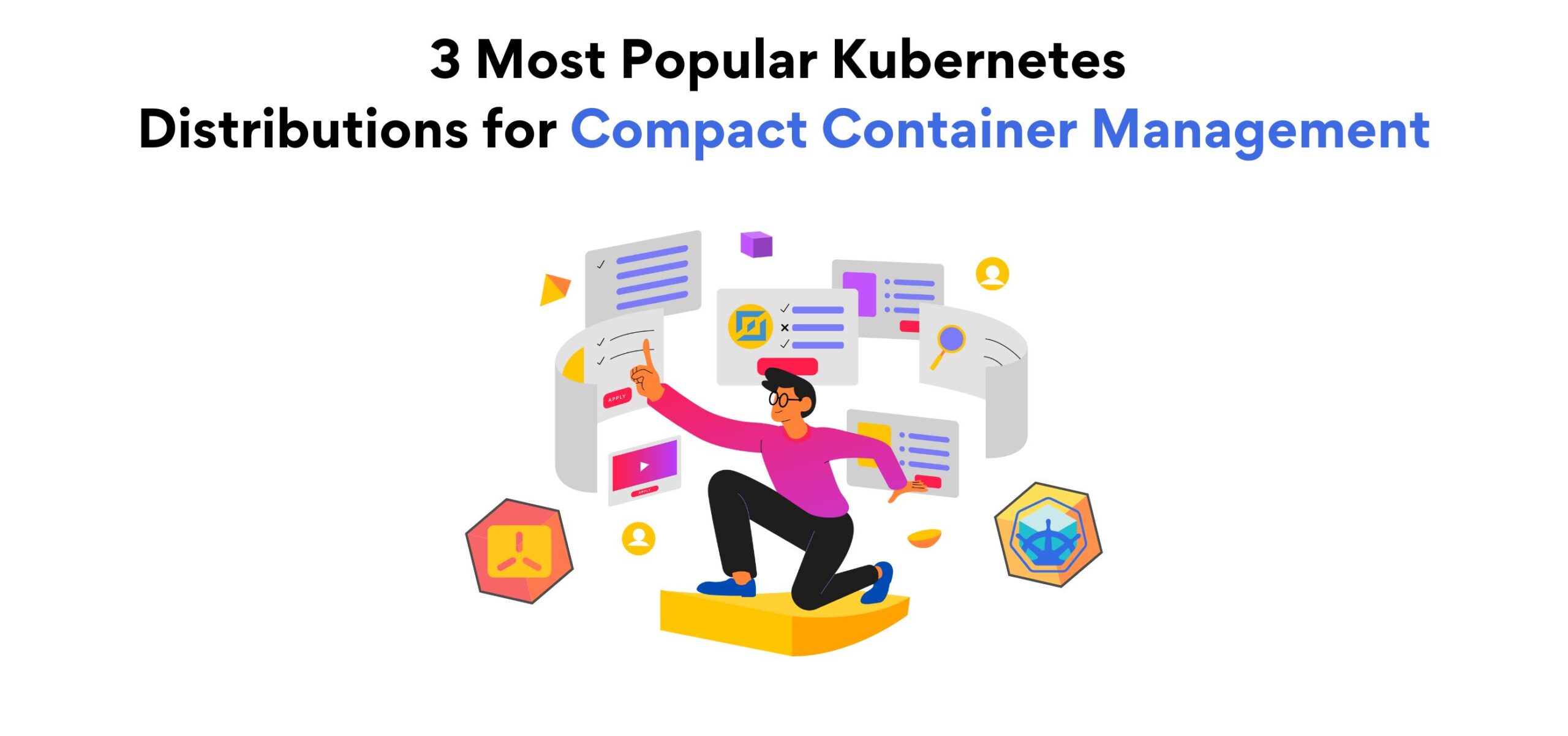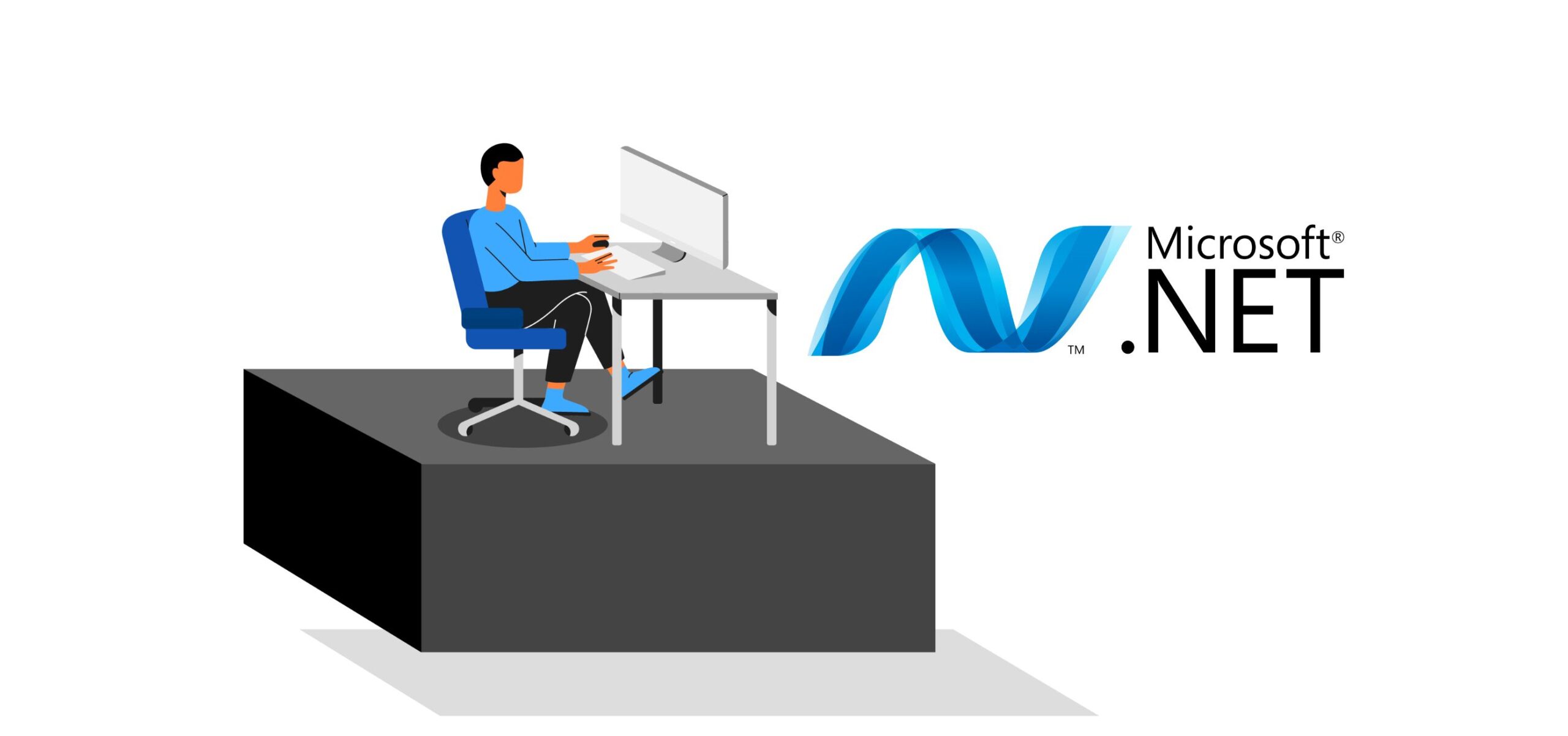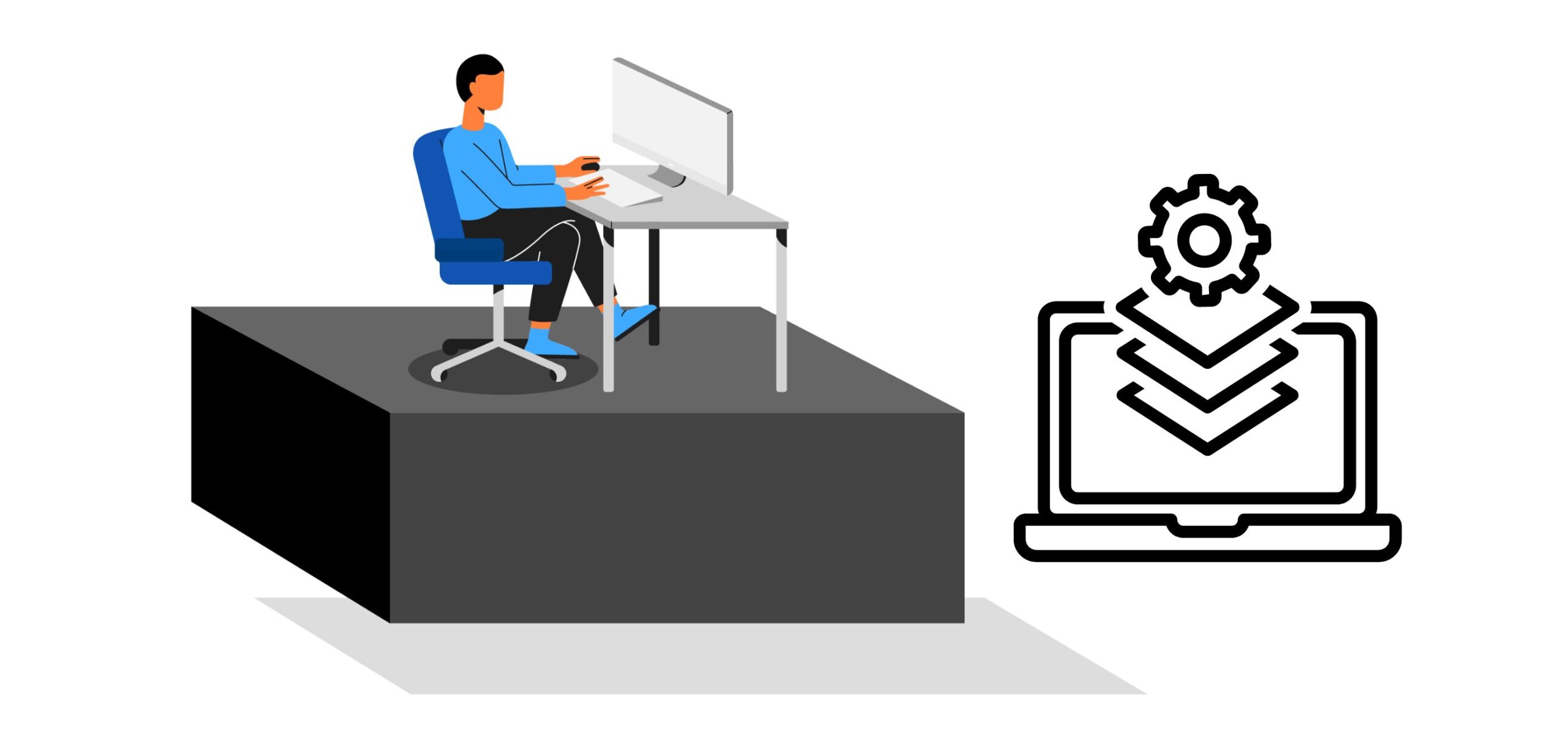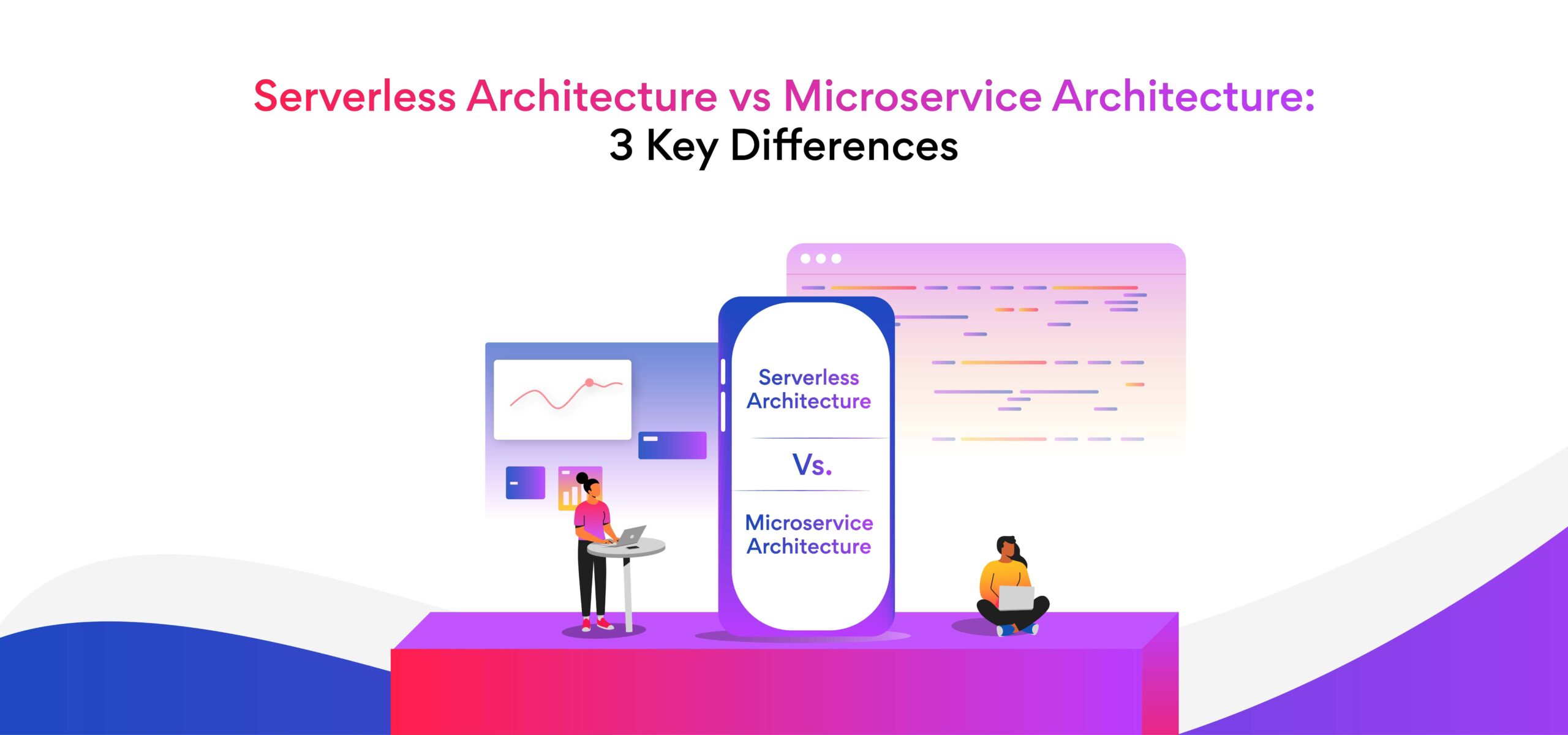3 Most Popular Kubernetes Distributions for Compact Container Management
Kubernetes is an open-source container orchestration system for automating software deployment, scaling, and management. The search engine giant, Google, originally designed Kubernetes. However, today, Cloud Native Computing Foundation maintains the project. With Kubernetes, developers can utilize the microservices architecture to develop applications. Kubernetes has several benefits such as portability, immutability, etc. To use the Kubernetes ecosystem, development teams have to adapt Kubernetes distributions. While there are multiple Kubernetes distributions, in this blog post, we’ll look at the three most popular Kubernetes distributions that can be used by development teams that don’t require the full set of tools and features that come with the default distributions.
Table of Contents
- Popular Mini Kubernetes Distributions: Minikube
- Benefits of using Minikube
- Popular Mini Kubernetes Distributions: K3s
- Benefits of using K3s
- Popular Mini Kubernetes Distributions: K0s
- Benefits of using K0s
- Why is Kubernetes so popular in 2024?
- Summary
Minikube
Minikube is one of the best Kubernetes distributions which is small enough to be installed on a developer’s notebook. The minimum requirements for Minikube are:
- At least 2 CPUs
- 2GB of memory
- 20GB of disk space
- Container or VM (Virtual Machine) manager such as Docker, QEMU, Hyperkit, Hyper-V, KVM, Parallels, Podman, VirtualBox, or VMware Fusion/Workstation
Yep, that’s pretty much it! That’s all you need for installing Minikube. The process of setting up and deploying the Minikube cluster is quite simple:
Step 1: Install the Minikube
Select the OS, Architecture, Release type, and Installer type on the official website of Minikube and follow the instructions.
Step 2: Starting Minikube
Type minikube start at the command line and use kubectl to interact with the cluster.
What are the benefits of using Minikube for compact container management?
- DevOps engineers and software developers get different options such as testing or experimenting with their app development. As it is miniature in size, developers don’t have to worry about testing or experimenting on pubic cloud or on-premises servers. Developers can use their own setups to access Minikube.
- Minikube offers an evaluation of key features of a Kubernetes cluster and also has a set of add-ons that can be enabled or disabled easily. Some of these features are default storage class, storage provisioning, ingress, etc.
- Minikube also offers extensibility as it is an open-source platform, just like Kubernetes. Developers and engineers can easily experiment and learn using the basic platform features or try add-ons as well.
Related Post: 7 Reasons Kubernetes Is Important for DevOps
K3s
K3s is one of the most lightweight Kubernetes distributions available at present. The minimum requirements for installing k3s are:
- At least 1 CPU
- 512MB RAM (Though 1GB is usually recommended)
- 4GB of disc space
- Raspberry Pi OS or Enterprise Linux such as Red Hat
These minimal requirements make k3s one of the most popular Kubernetes distributions.
Benefits of using K3s for compact container management:
- K3s is extremely lightweight and can help developers get Kubernetes up and running real quick.
- Due to its miniature size, K3s doesn’t take up a lot of local resources creating a versatile local Kubernetes development environment.
- K3s can run on edge devices such as IoT devices and mobile phones that run on ARM architectures.
- If you want continuous integration for your app on the Kubernetes cluster, K3s offers quick and simple management for your CI automation process.
- If you’re a software developer looking to run a Kubernetes cluster on a tiny device such as Raspberry Pi, you should consider K3s. With its miniature size, K3s won’t use too many resources.
K0s
A zero-friction Kubernetes distribution from Mirantis, K0s offers a convenient deployment. It is also a very low requirement for Kubernetes distribution. To install K0s, you’ll need:
- 1 CPU
- 1 GB RAM
- 3.5 GB of disk space (0.5GB for controller nodes, 1.3GB for worker nodes, and 1.7GB for combined controller/worker nodes)
What are the benefits of K0s?
- Zero cost: k0s, just like Kubernetes, is open-source software.
- Zero overhead: The software’s requirements are minimal and can be found on basic local workstations as well.
- Zero dependencies on the host operating system, k0s is a single binary and does not require host OS distributions or additional packages.
Why is Kubernetes so popular in 2024?
DevOps teams across the globe are adopting Kubernetes for application development and compact container management. But why?
- Kubernetes offers increased efficiency for microservices infrastructure.
- It also allows you to deploy workload in a single or multiple cloud services.
- You can easily port Kubernetes and it can run with any type of container runtime. You will not have to rearchitect of infrastructure if you port the container.
- Kubernetes offers automation of deployment and scalability according to the demand. It also has a feature that allows the automatic rollback of an application if something goes wrong.
- It is open-source software and has a huge community of developers backing up the advancement of Kubernetes.
Summary
Kubernetes is going to gain more popularity in the coming years due to its widespread benefits. Are you looking for a software developer looking for a high-paying, long-term US remote software job? Try Turing. Click on the Apply for Jobs button today!
Join a network of the world's best developers and get long-term remote software jobs with better compensation and career growth.












